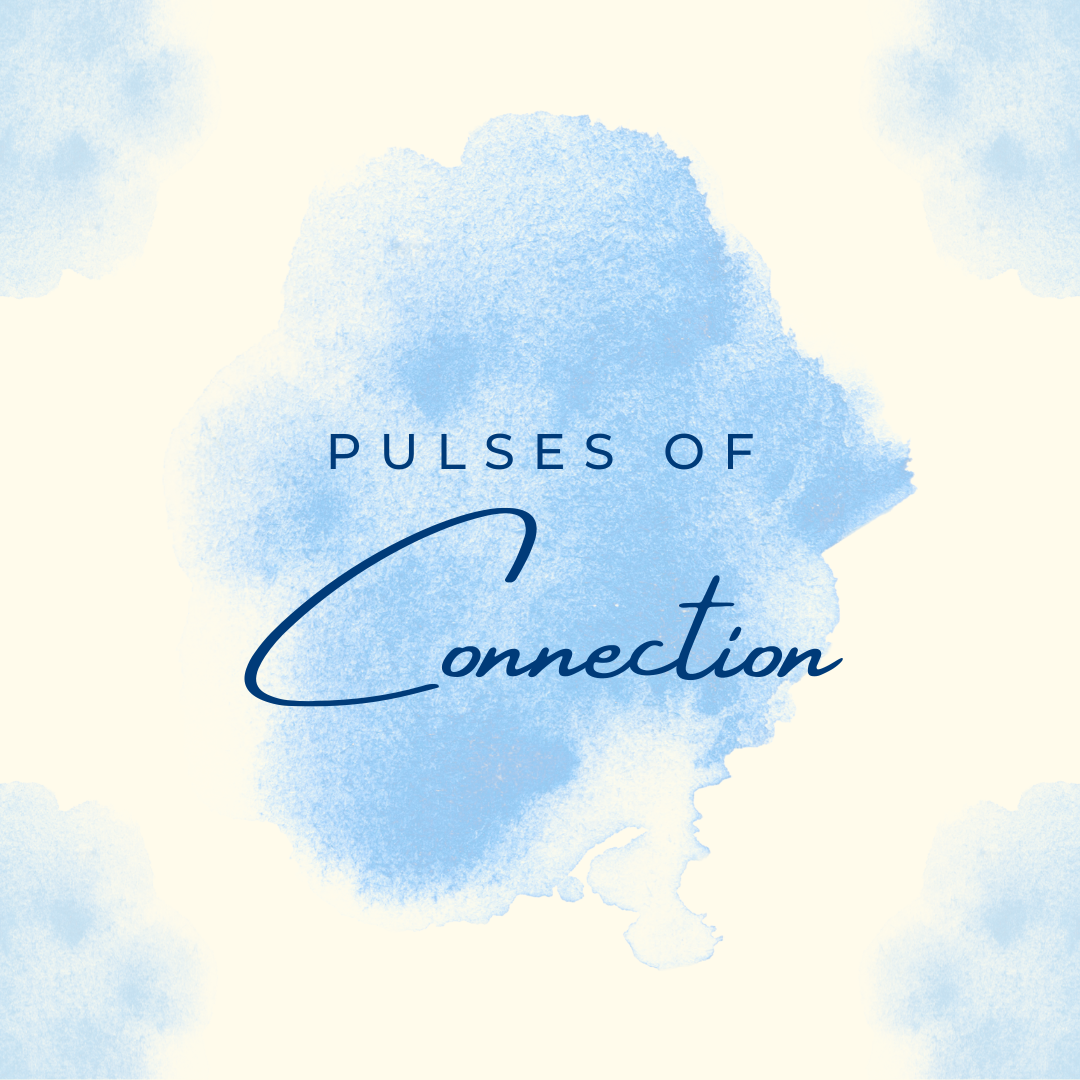In my medical anthropology course, we recently discussed an article published in the April 2017 issue of The New Yorker which discusses the emergence of a unique illness among refugees in Sweden. Uppgivenhetssyndrom, also termed resignation syndrome, is a distressing ailment in which patients — often young children — completely withdraw from the activities of daily life. With no underlying neurological or physical disease, these patients lose the will to live, essentially becoming apathetic.
The article closely traces the case of Georgi, a Russian refugee child, who develops resignation syndrome after learning that his family’s application for asylum had been rejected. They would have to return to Russia and risk persecution by the Russian Orthodox Church, which opposed the pacifist religious sect that Georgi’s father had founded. The manifestations of resignation syndrome in Georgi are truly harrowing. After reading the rejection letter, Georgi described a systemic “liquidation” of his body, with his limbs feeling “soft and porous,” a constant “deep pressure” in his brain, and a near total loss of the ability to eat or drink. Ultimately, he physically and emotionally receded from his surroundings and “provided no contact whatsoever,” as noted by his ENT physician Dr. Elizabeth Hulcrantz.
In line with descriptions from more immigrants like Georgi who combat this syndrome, it becomes increasingly apparent that this is a culture-bound syndrome. Particularly amplified among refugees who come from “holistic cultures” where there is often a blurring of boundaries between the personal and the collective, the illness can be perceived as a manifestation of the sheer trauma and angst associated with the push and pull of immigration.
As seen in the article, a vast majority of these patients only recovered after their families were given permanent residence in Sweden. Their attempts to salvage prescription-based treatment were often in vain, as detailed by Dr. Hultzcrantz. In the collision between physicalist biomedicine and the holistic approaches seen in a variety of global cultures, this is an exemplary case that illustrates the limitations of biomedicine.
In medical anthropology, the term ‘biomedicine’ refers to the practice of medicine that predominates in Western societies. It focuses on defining disease as a deviation from universal biological norms that center on the physical body as the root cause of disease. At its core, biomedicine is a result of the interactions between biological nature and culture. But over time, its strictly evidence-based practice has produced connotations of objectivity and irrefutability over other alternative healing systems. The lenses of biomedicine emphasize on reducing disease to sets of concrete, measurable and observable physical bases, which has assumed control over the cultural context underpinning medicine.
Although certainly noble in intention, the physicalist approach notably ends up over-emphasizing the body and under-emphasizing the mind. Where there is no identifiable physical root of the illness, this approach seeks to label the body as “diseased” in some way, rather than simply recognizing the sick individual. For example, research on biomarkers in chronic conditions such as diabetes and cancer have led to new categories of pre-disease risk, labeling certain classes of people as “patients-in-waiting“ for medical management.
In psychiatry, there has been a long-standing shift to neurology and genetics over other etiologies. The biomedical/physicalist model thrives on linking illnesses, behaviors and emotions to the body. The stronger the linkage (with physical measurements as the ideal), the more the illness is legitimized. And from there, patients with pathologies lacking a clear biology are doubted, especially for concerns about malingering, culpability and social influences.
Cases like resignation syndrome call on us to reexamine the traditional boundaries of biomedicine that often exclude widely recognized ailments such as somatized folk illnesses and culture-bound syndromes like the cases among Swedish refugees. When seeking to relieve the suffering of others, we may benefit from deeper reflection on the synchrony of the body and mind, particularly in cultural ways of understanding states of health and suffering.
Although we may treat the physical symptoms with prescriptions and therapies, curing begins when we address how the physical symptoms are nestled within larger upstream social, cultural and economic realities. As Dr. Hulcrantz emphasizes, perhaps the best “treatment” for refugee patients would simply be a permanent residency permit, which would revive patients with a renewed sense of coherence and security in their lives. For her patients who received full residency status, Dr. Hulcrantz often saw nearly complete continuous recoveries within the span of one year.
Our collective illness and healing experiences are informed by our histories and cultural realities, as well as our sense of narrative coherence in our lives. But the limitations drawn by our institutional ideas of health and medicine may prevent us from truly understanding and appreciating the complex ways our mind and bodies communicate to us — and the world around us.
Image courtesy of Mili Dave.
Pulses of Connection is an attempt at delving into mind-body connections in medicine. This column will strive to emphasize how mobilizing the deep connections between our mind and physical bodies can enhance our sense of oneness, health, and well-being. Through narrative and exposition, I will explore how practicing physicians, medical students in training, and premedical students can integrate mindfulness in their lifestyles, as well as how such approaches can be crafted to bring healing to our patients.

